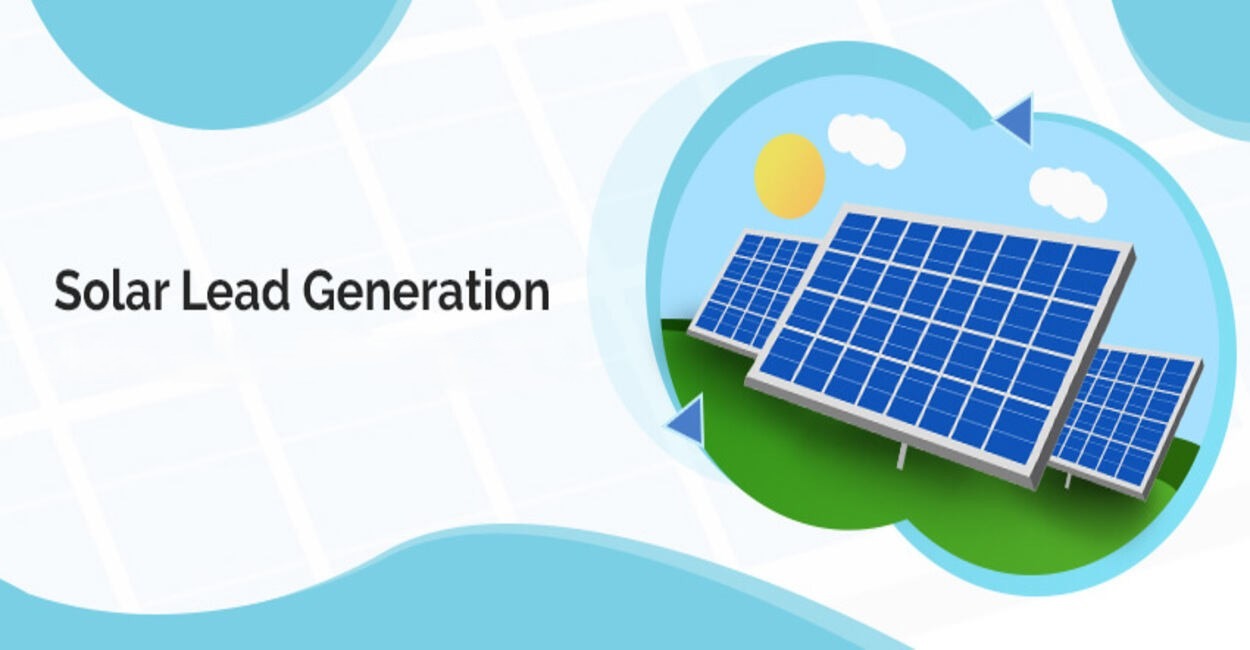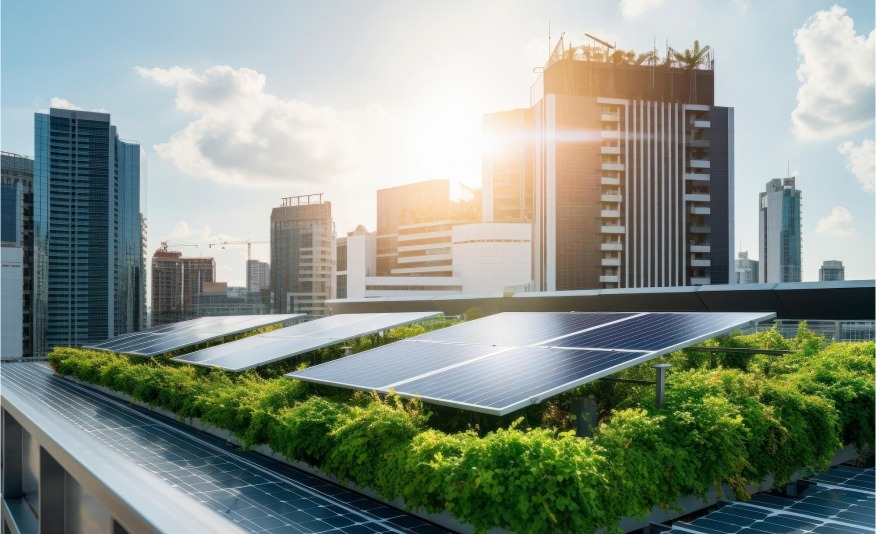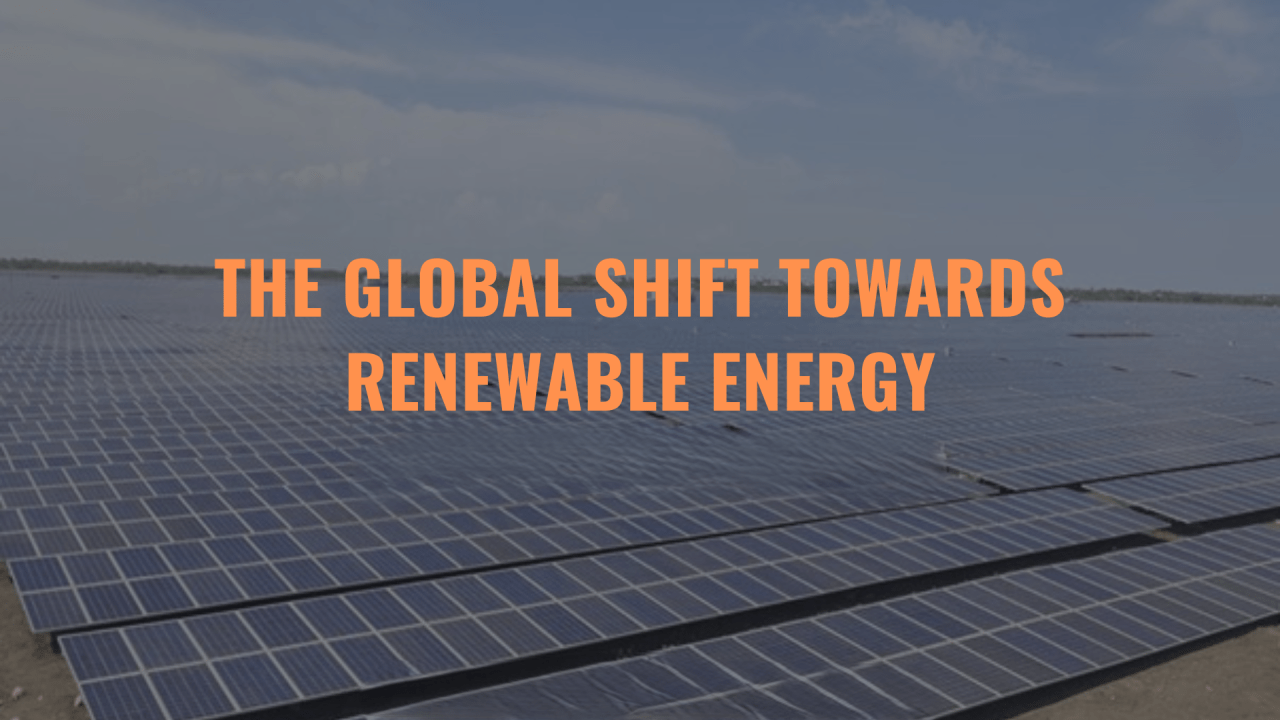In the solar business, generating leads is only half the battle — nurturing those leads until they’re ready to buy is where the real success happens.
With growing competition and longer decision-making cycles, solar companies must stay top-of-mind for potential customers. That’s where email automation becomes a game-changer.
By automating personalized, timely, and educational email campaigns, you can convert cold leads into loyal solar customers — without manually following up on every inquiry.
Why Lead Nurturing Matters in the Solar Industry:
Buying solar panels isn’t an impulse decision — it’s a major financial and lifestyle choice. Prospects often spend weeks (or months) researching:
• Installation costs and ROI
• Government incentives and tax credits
• Technical details like panel types and warranties
That means solar companies must build trust and credibility through consistent, value-driven communication.
✅ Lead nurturing helps you:
• Educate potential buyers about solar benefits
• Address objections and questions automatically
• Build long-term relationships
• Increase conversions while reducing manual effort
What Is Email Automation?
Email automation is the process of sending pre-scheduled, behavior-triggered emails to your leads.
Instead of sending generic newsletters, automation tools deliver the right message at the right time, based on user actions — such as downloading a brochure, filling out a form, or visiting your pricing page.
Example:
If someone downloads your “Guide to Solar ROI,” your automation system can:
1. Send a “Thank You” email immediately
2. Follow up with a “Solar Financing Options” email after 3 days
3. Share a “Customer Success Story” after a week
4. Invite them to schedule a free consultation
This strategy ensures every lead moves smoothly through your sales funnel.
How to Nurture Solar Leads with Email Automation:
Let’s break down the key steps and best practices for using email automation effectively in the solar business.
1. Segment Your Leads
Not all leads are equal — a homeowner curious about solar savings needs a different message than a business owner exploring large-scale installations.
Segment your leads based on:
• Customer type (residential vs. commercial)
• Buying stage (awareness, consideration, decision)
• Geographic location
• Engagement level (active, cold, or new)
Example:
Send personalized financing options to homeowners in sunny states like California or Arizona, while targeting businesses with energy savings calculators.
2. Set Up Automated Email Sequences
Create tailored workflows that automatically send a series of emails over time.
For Residential Leads:
1. Welcome Email: “Thanks for Your Interest in Solar Energy!”
2. Educational Content: “5 Reasons to Switch to Solar This Year”
3. Incentives Email: “See How Much You Can Save with Federal Tax Credits”
4. Case Study: “How the Smith Family Cut Energy Bills by 70%”
5. Call-to-Action: “Book Your Free Solar Consultation”
For Commercial Leads:
1. Industry Insight: “How Businesses Are Reducing Overheads with Solar Power”
2. ROI-Focused Email: “Your 5-Year Solar Payback Projection”
3. Testimonial: “Why Our Clients Choose Us for Large-Scale Installations”
4. Offer: “Request a Free Site Assessment”
3. Use Compelling Subject Lines and CTAs
Your subject line determines whether your email gets opened.
Effective Solar Subject Lines:
• “How Much Could You Save on Electricity This Year?”
• “Solar Incentives Ending Soon — Don’t Miss Out!”
• “See How Your Roof Can Earn You Money”
Each email should end with a clear Call-to-Action (CTA) — such as:
• “Schedule a Free Consultation”
• “Get Your Personalized Solar Quote”
• “See Your Potential Savings”
4. Educate, Don’t Just Sell
Solar buyers appreciate education over aggressive sales tactics. Provide value through:
• Guides and eBooks (“Complete Homeowner’s Solar Checklist”)
• Explainer videos (“How Net Metering Works”)
• Case studies of happy customers
• Energy-saving tips and policy updates
The goal is to position your brand as a trusted solar expert, not just another installer.
5. Leverage AI for Personalization
AI-powered email marketing tools like HubSpot, ActiveCampaign, or Zoho CRM can personalize messages at scale.
They can automatically:
• Recommend next-best emails based on engagement
• Adjust sending times for better open rates
• Personalize product recommendations (e.g., solar battery upgrades)
This ensures your automation feels human, not robotic.
6. Track and Optimize Performance
Automation doesn’t mean “set it and forget it.” Monitor metrics like:
• Open rate and click-through rate (CTR)
• Conversion rate (appointments or quote requests)
• Unsubscribe rate
Use A/B testing to refine subject lines, email frequency, and CTAs for better performance.
Benefits of Email Automation for Solar Businesses:
✅ Saves time and reduces manual follow-ups
✅ Keeps leads warm during long sales cycles
✅ Increases conversion rates with personalized outreach
✅ Enhances customer experience with timely information
✅ Provides measurable insights for marketing optimization
Conclusion:
In today’s competitive solar market, email automation isn’t optional — it’s essential. It allows solar businesses to nurture leads intelligently, educate prospects, and close more deals while focusing their energy on what matters most: delivering great solar solutions.
By blending data, automation, and personalization, you can turn every inquiry into an opportunity — and every email into a step closer to a clean energy future.




